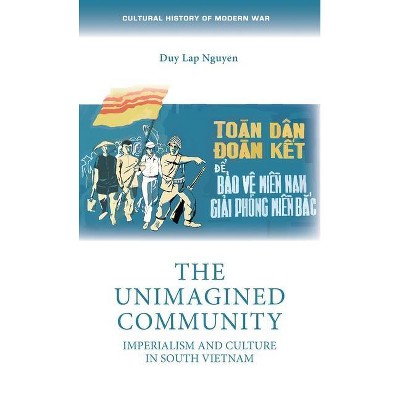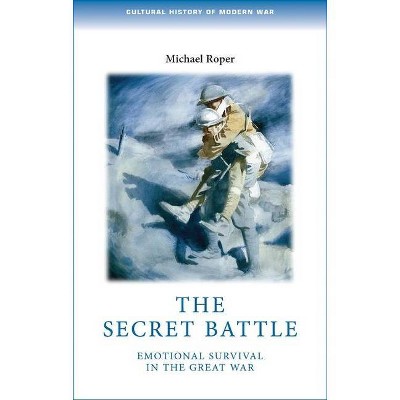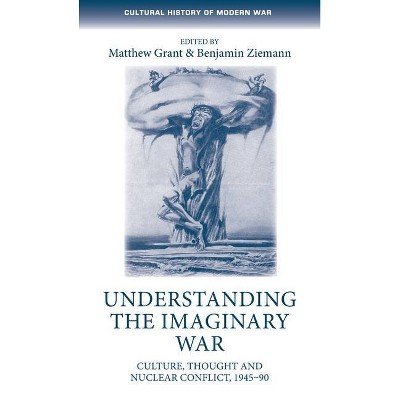Picturing the Western Front - (Cultural History of Modern War) by Beatriz Pichel (Hardcover)

Similar Products
Products of same category from the store
AllProduct info
<p/><br></br><p><b> About the Book </b></p></br></br>Between 1914 and 1918, military, press and amateur photographers produced thousands of pictures. Classified in archives, collected in personal albums and circulated in illustrated magazines, photographs were supposed to tell the story of the war. This book argues that photographic practices also shaped combatants and civilians' war experiences.<p/><br></br><p><b> Book Synopsis </b></p></br></br>Between 1914 and 1918, military, press and amateur photographers produced thousands of pictures. Either classified in military archives specially created with this purpose in 1915, collected in personal albums or circulated in illustrated magazines, photographs were supposed to tell the story of the war. <i>Picturing the Western Front</i> argues that photographic practices also shaped combatants and civilians' war experiences. Doing photography (taking pictures, posing for them, exhibiting, cataloguing and looking at them) allowed combatants and civilians to make sense of what they were living through. Photography mattered because it enabled combatants and civilians to record events, establish or reinforce bonds with one another, represent bodies, place people and events in imaginative geographies and making things visible, while making others, such as suicide, invisible. Photographic practices became, thus, frames of experience.<p/><br></br><p><b> From the Back Cover </b></p></br></br>How did photography articulate individual and collective experiences of the war? This question situates photography at the centre of historical analysis, contending that what we do with photographs (taking, collecting, classifying, exhibiting, looking at and posing for them) shapes how we make sense of what we live through. <i>Picturing the Western Front</i> offers an innovative analysis of the ways in which the practice of photography shaped combatants' and civilians' war experiences between 1914 and 1918. Despite military restrictions, photographs were everywhere: the war archives classified thousands of pictures, combatants compiled their own photographic albums and civilians learnt about war developments through the images published in heavily illustrated journals. The study of the material produced by the French military photographic service Section photographique de l'armée, amateur photographers and illustrated magazines such as <i>Sur le Vif</i> reveals that photography mattered not only because of what it showed, but also because of the practices it entailed. Photography recorded events that were then kept in archives and collections, shaping the future histories of the war; shaped affective relationships with others and helped to domesticate the inhospitable environment of the trenches; gave a visual and material body to abstract ideas such as the legal distinction 'Mort pour la France' (dead for France); placed people and events in particular landscapes (physical and metaphorical) and made some war events visible while making others, such as suicide, invisible. Photographic practices became, thus, frames of experience: a framework that turned the raw flow of life events into experiences.<p/><br></br><p><b> About the Author </b></p></br></br>Beatriz Pichel is Senior Lecturer in Photographic History at De Montfort University
Price History
Price Archive shows prices from various stores, lets you see history and find the cheapest. There is no actual sale on the website. For all support, inquiry and suggestion messages communication@pricearchive.us




















